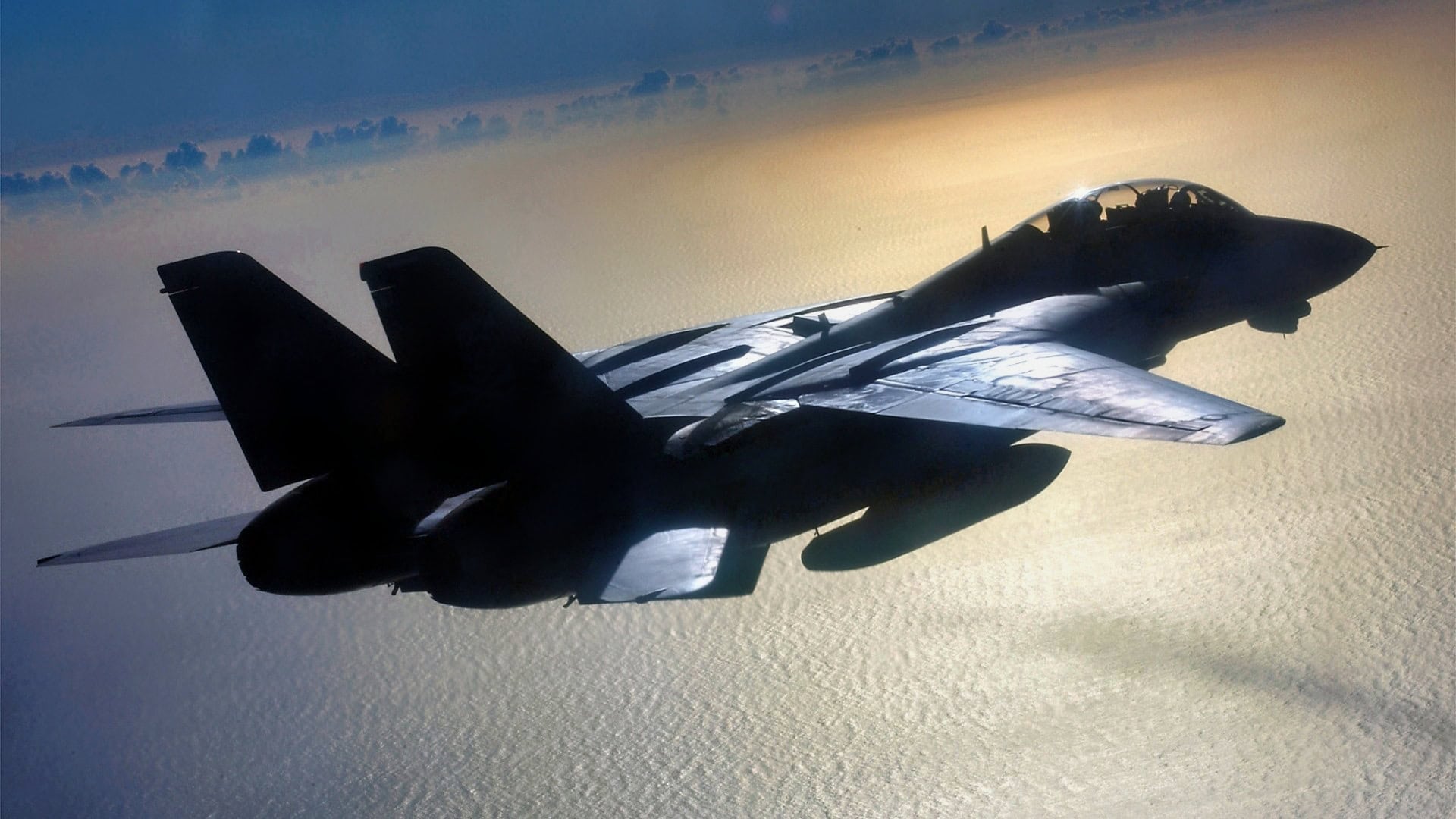The Grumman F-14 Tomcat, introduced into United States Navy service in the early 1970s, was a not-insignificant advancement over its predecessor carrier aircraft, the F-4 Phantom II, built by McDonnell Douglas.
The F-14 Tomcat — designed specifically from the outset as a carrier-based air superiority fighter — addressed several glaring limitations of the F-4 and offered the U.S. Navy overall better capabilities.
The shift reflected changes in naval aviation that the F-4 had a hard time adjusting to, in particular, longer stand-off ranges and a battle space that was increasingly digital.
From Good to Great: F-14 Tomcat Advancements Over the F-4 Phantom II
One of the major improvements the F-14 brought to the table was its (for the time) fairly advanced weapons system.
Thanks to the AN/AWG-9 radar, the F-14 Tomcat could find and track a number of targets at quite far distances, which offered a great expansion to the F-14 Phantom’s capabilities.
One of the most obvious benefits of this was the F-14’s capability to fire the AIM-54 Phoenix missile at targets very far — it could target enemy aircraft at aircraft in excess of 90 miles away.
By comparison, the F-4 could engage aircraft with AIM-7 Sparrow and AIM-9 Sidewinder missiles with lacked the range of the Phoenix.
The F-4’s variable-sweep wings also offered more flexibility across a range of flight speeds and therefore better aerodynamics, in turn improving maneuverability and handling over a range of speeds, including landing and take-off as well as high-speed interception.
Carrier Battle Group Defender
From the outset, the F-14 was designed to play a significant role in protecting Carrier Battle Groups — essentially an array of surface vessels centered on protecting an aircraft carrier and projection power far across the globe — from anti-ship missile threats posed to the Carrier Battle Groups by Soviet anti-ship missiles launched from submarines, bombers or strike aircraft, or from other surface ships.
Enter the F/A-18 Hornet — and Later, the Super Hornet
Compared to other contemporary aircraft of the era, the F-14 was an excellent navialized air superiority and fleet defense fighter.
But, when the U.S. Navy brought the F/A-18 Hornet, built by McDonnell Douglas, in the 1980s, into service, it became clear that an emphasis on less specialized, but nonetheless capable — and indeed, logistically less complex — aircraft was needed.
To that end, the F/A-18 Hornet combined attack and fighter mission profiles and gave the U.S. Navy good versatility, complementing the capabilities of the F-14.
In this tandem deployment setup, the F-14 and F/A-18 Hornet operated together, with the newer F/A-18 able to prosecute a broader range of targets, including land-based targets.
The eventual development of the follow-on F/A-18E/F Super Hornet was one of the last nails in the F-14 coffin.
The Super Hornet gave the U.S. Navy better range, better avionics, and a reduced radar cross-section compared to the older Hornet, and gave the Navy better overall flexibility.
F-14 Tomcat Retirement
One of the factors that ultimately resulted in the F-14’s retirement in 2006 was the Tomcat’s high maintenance requirements.
Aging avionics, combined with the upkeep of its variable-sweep wing design, meant a modernized aircraft would hold a distinct edge over the F-14 Tomcat.
Progress in naval aviation technology also played a role. More modern naval warfare necessitated network-centric operations and an increasingly high amount of computing power.
For an aircraft initially designed decades before the wide integration of digital technologies and with limited processing power, the F-14 offered limited future growth potential.
With the introduction of the F/A-18 Super Hornet, improved avionics and data link abilities between aircraft and surface vessels in almost real-time heralded a new age in naval aviation.
About the Author: Caleb Larson
Caleb Larson is an American multiformat journalist based in Berlin, Germany. His work covers the intersection of conflict and society, focusing on American foreign policy and European security. He has reported from Germany, Russia, and the United States. Most recently, he covered the war in Ukraine, reporting extensively on the war’s shifting battle lines from Donbas and writing on the war’s civilian and humanitarian toll. Previously, he worked as a Defense Reporter for POLITICO Europe. You can follow his latest work on X.

